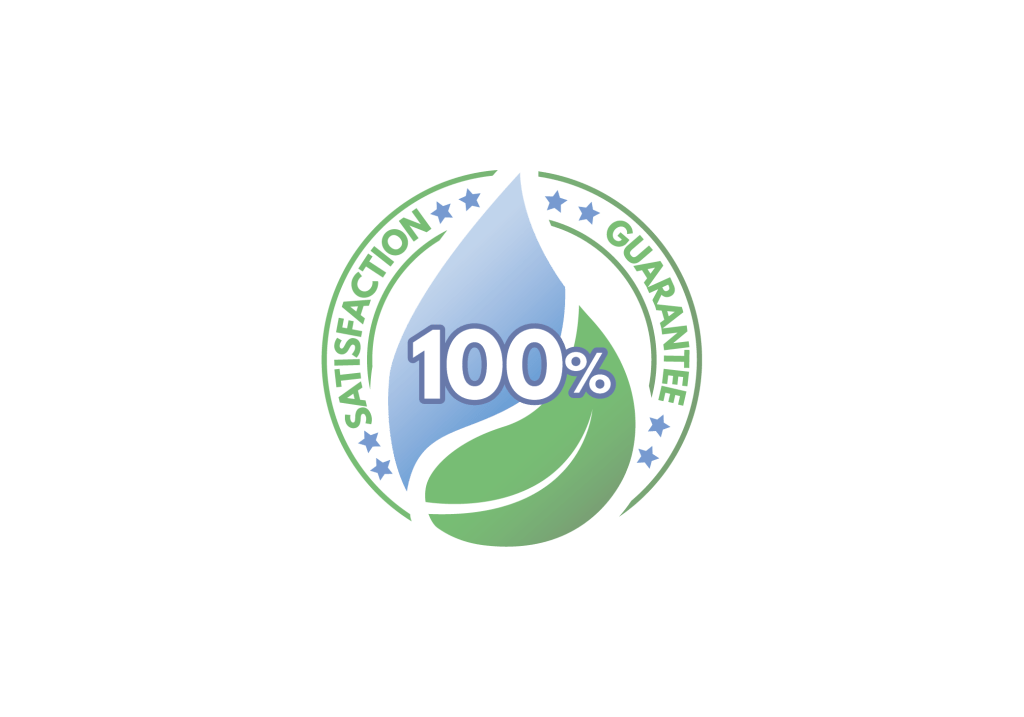In this month’s blog post, we delve further into the ins and outs of your lawn’s needs.
Go all in or don’t go at all: If homeowners don’t want to water their lawn, that’s fine, according to experts. The lawn can go dormant just like it does in the winter without harming the grass, providing there’s not a drought longer than a month. But letting the lawn go dormant, then watering, and then discontinuing the watering again is hard on the grass.
You don’t want to half-water and go back and forth between dormant and watering. You stress-out the grass. A dormant lawn will come back to life after a good rainstorm. “The lawn will come back naturally, just like it does when it goes dormant in the winter.
Seasonal settings: Reset your irrigation timer monthly. This is one of the most overlooked aspects of a lawn irrigation system. Don’t let your system run on summer settings once your region’s rainy season arrives. In some western states, the local extension service or water management authorities posts timer setting recommendations online based on historical weather data.
There are varying water requirements for seasonal climate changes, for sun and shade factors and for the degree of slope within areas of the lawn. There’s even more watering differences that are brought about because of different soil and grass types.
Certain soil types absorb water better than others. A high composition of clay, for example, will prevent water from absorbing into the soil. Clay tends to retain an average around 1.5 inches of water per foot of soil, while fine sand and loamy sand retain the least amount of water at 0.7 and 0.8 inches of water per foot of soil, respectively. Silty loam, clay loam, and silty clay loam have the highest water retention of all soil types, averaging 2.4 inches of water per foot of soil.
Explore your yard’s soil type to make the most effective lawn irrigation decisions. For instance, if you see puddling each time you water, your soil likely has high clay content. This type of soil can’t absorb water quickly, but instead requires repeated, shorter watering cycles. On the plus side, clay soil retains water longer than sandy soil, which needs more frequent watering. Take a soil test to learn what kind of soil is hosting your grass, and adjust irrigation cycles accordingly.
Watering hills and slopes: When watering slopes or hillsides, tinker with irrigation frequency and timing. You’ll have the best success if you use short watering cycles spaced out over time. Water this area first, for instance, for a brief duration, and then let the system water another spot in the yard while the slope absorbs the water it received. Cycle back to apply another round of water to the slope. Use this same strategy to water clay soils effectively.
Shady lawns: Grass growing in the shade uses less water than a sun-bathed lawn. In general, you can water shady lawn areas less frequently than sunny ones. The exception, though, is grass growing beneath a tree. In these shady spots, the lawn is competing with tree roots for available moisture. You may need to water these shady lawn areas more frequently than ones that are shaded by a structure. Remember to water deeply to encourage deep grass roots.

